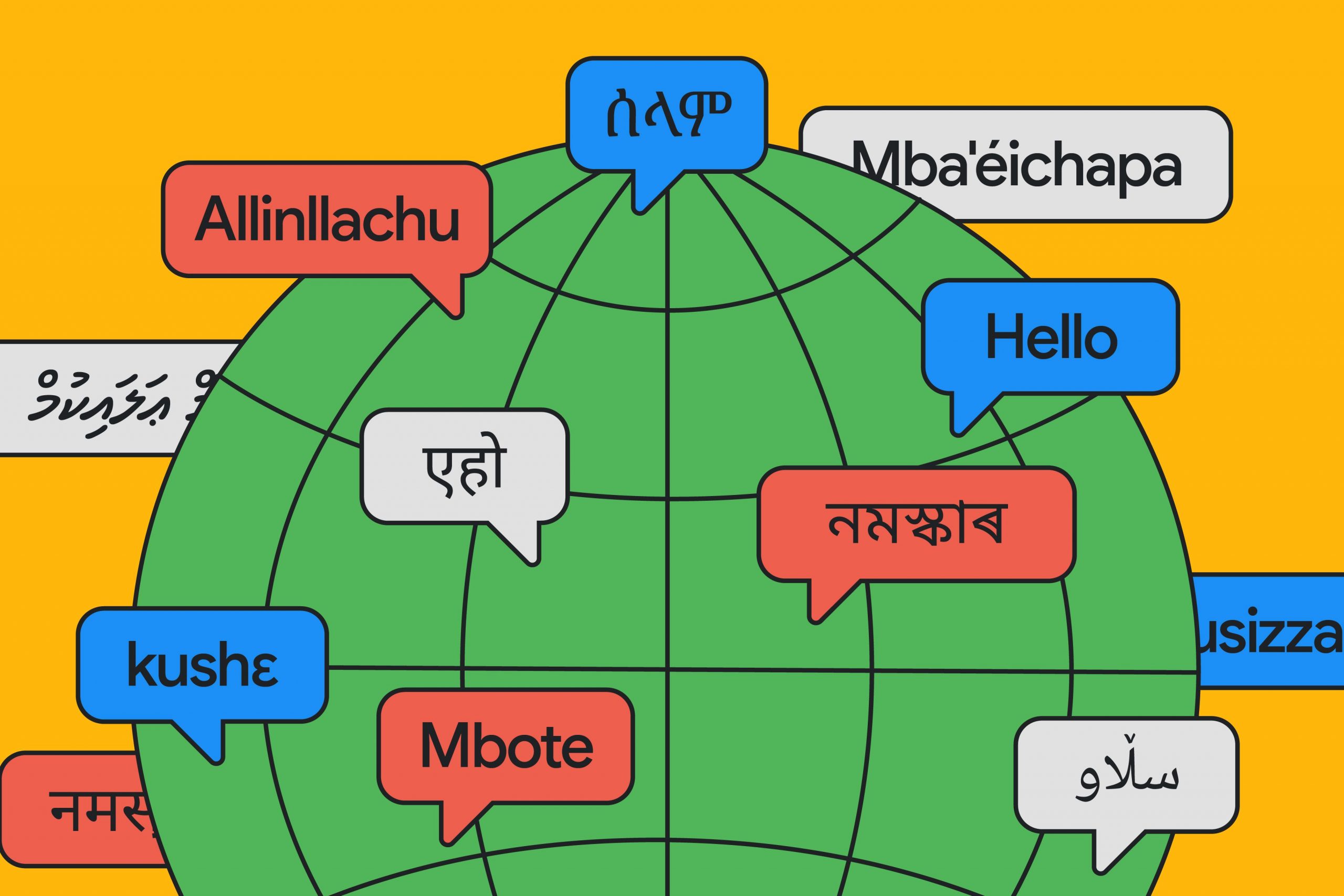As part of Google I/O 2022, the company has revealed its latest changes to Google Translate, including the addition of 24 new languages. These aren’t the world’s most common languages, but some are used by millions of people across the globe. For example, the most used language being added soon is Bhojpuri, which is used in northern India, Nepal, and Fiji. According to India’s 2011 census, the language is used by at least 51 million people.
According to Google’s research, the least used language from this latest update is Sanskrit, which around 20,000 people in India use. These new languages are the first the company has added to the service using its Zero-Shot Machine Translation technology. It’s a machine learning model that can learn to translate words into another language without having to see any examples. Google hasn’t shared details on how this works, but it’s a technology the company has been talking about since 2016.
Alongside the technology, Google has enlisted the help of native speakers and linguists to help refine the translations. Google does note that this is open to problems, though, by saying, “while this technology is impressive, it isn’t perfect.” The languages are below, and the stats are from Google’s estimates of popularity worldwide.
● Assamese, used by about 25 million people in Northeast India
● Aymara, used by about two million people in Bolivia, Chile, and Peru
● Bambara, used by about 14 million people in Mali
● Bhojpuri, used by about 50 million people in Northern India, Nepal, and Fiji
● Dhivehi, used by about 300,000 people in the Maldives
● Dogri, used by about three million people in Northern India
● Ewe, used by about seven million people in Ghana and Togo
● Guarani, used by about seven million people in Paraguay and Bolivia, Argentina, and Brazil
● Ilocano, used by about 10 million people in Northern Philippines
● Konkani, used by about two million people in Central India
● Krio, used by about four million people in Sierra Leone
● Kurdish (Shoran), used by about eight million people, mostly in Iraq
● Lingala, used by about 45 million people in the Democratic Republic of the Congo, Republic of the Congo, Central African Republic, Angola and the Republic of South Sudan
● Luganda, used by about 20 million people in Uganda and Rwanda
● Maithili, used by about 34 million people in Northern India
● Meiteilon (Manipuri), used by about two million people in Northeast India
● Mizo, used by about 830,000 people in Northeast India
● Oromo, used by about 37 million people in Ethiopia and Kenya
● Quechua, used by about 10 million people in Peru, Bolivia, Ecuador, and surrounding countries
● Sanskrit, used by about 20,000 people in India
● Sepedi, used by about 14 million people in South Africa
● Tigrinya, used by about eight million people in Eritrea and Ethiopia
● Tsonga, used by about seven million people in Eswatini, Mozambique, South Africa and
Zimbabwe
● Twi, used by about 11 million people in Ghana
We don’t yet know when we’ll see the languages appear in Google Translate, but expect them to gradually roll out to the service at a later date.
Read Next
About The Author

